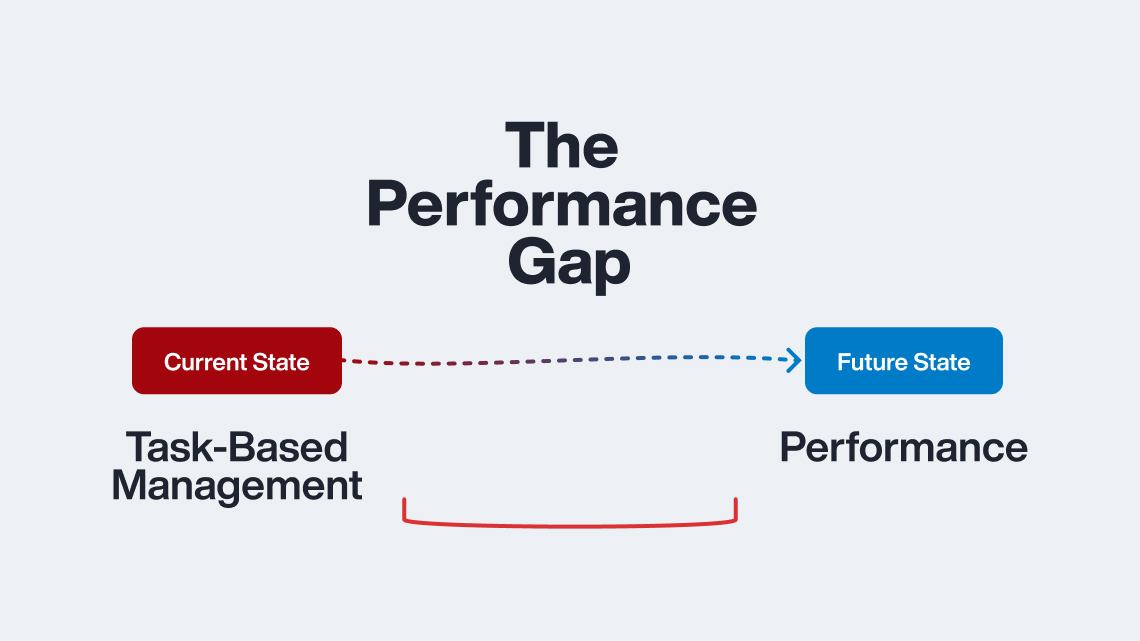Published on March 5th, 2020
By Elizabeth Millar
While architectural reviews are vital to protect property values and enforce community standards, the process of conducting these reviews is often challenging for community association managers and homeowners.
An architectural review is a process – or group of processes – typically administered or overseen by the association board or Architectural Review Committee (ARC), which may be appointed by a board of directors. In some communities, the board of directors may also function as an architectural review committee.
The review is a way to ensure new construction or building modifications follow appearance guidelines that maintain uniformity established in the bylaws and CC&Rs for height, color, style, and setback restrictions.
This process can be frustrating for homeowners who don’t fully understand how to request a review, or how the process flows. Community managers often get bogged down in back and forth phone calls or emails, where they have to explain (and re-explain) the proper steps homeowners must take.
To streamline the architectural review process and make things simpler for homeowners, review committees, and community managers alike, it’s important to understand why your current processes may be inefficient — so you can take steps to improve the experience for everyone involved.
Here are five ways to make the architectural review process easier for all involved:
1. Educate Homeowners
There is a huge need for community association leaders to provide clear, step-by-step details about the architectural review and approval process. Associations waste time and money on repetitive phone calls, when instead they could upload easy-to-digest documents to their website for homeowners to self-serve. Community managers who create thorough instructions and take the time to teach homeowners how to access them enjoy smoother, more efficient, and more effective architectural reviews.
2. Go Paperless
Too much paperwork can easily overwhelm homeowners, causing them to miss steps in the process or cut corners. Physical paperwork is easy to misplace, and also hard to protect against unauthorized eyes.
To reduce the burden of paperwork, let homeowners submit their requests via an online portal. This keeps homeowners’ documents secure while providing easy access for those who are authorized. Instead of printing forms, filling them out, and scanning or faxing them back to the committee, homeowners can simply fill out the forms online and upload supporting documents.
Plus, this way everyone has access to real-time changes, which increases transparency and confidence.
3. Close Communication Gaps
Paper, phone, or email requests are also subject to the Disappearing Request Phenomena. It’s way too easy for an email from a homeowner to fall into the “black hole” known as the spam file, for a voicemail to slip through the cracks, or for a letter to be overlooked in a pile of papers. When this happens, you end up with two parties each waiting on the other to make the next move, further stalling the process.
To avoid communication gaps, homeowners and community managers need a reliable in-app channel that facilitates efficient communication. Implementing community association technology that shows the current status of the request prevents communication gaps or missed handoffs, saving time and money while eliminating frustration for homeowners.
4. Provide Self-Service Status Updates
Often, homeowners are anxious to get approval and start their project. When they don’t have an easy way to check the status of their request, they’ll repeatedly call their community manager to check-in, or continually ask about it during board meetings.
These check-ins pull staff away from important duties, plus it takes time for committee members to determine the status of requests, locate documents, and follow up with homeowners.
Another benefit of bringing the review process online is that it can reduce or completely eliminate the constant flow of calls and emails on the review status.
5. Increase Transparency
People often feel frustrated when they do not have enough information about the reasons behind the process or decisions made by the architectural review committee. Delays and denials are huge pain points for homeowners, which is why a lack of transparency in the architectural review board’s decision-making process can easily escalate to conflict.
If one owner is approved for a new roof while their neighbor is denied, it could lead to confusion or ill will if the rejected party does not fully understand the reason for denial. To prevent this, you can help homeowners learn about the standards that are used to judge their requests. Better yet, you can make these standards easily available so they can work with their contractor or landscape architect to meet community standards during the planning phase of their project.
It’s imperative that each request is evaluated using the same criteria. Using architectural review tools in your community association management software can help to ensure standards are followed consistently, and that owners receive timely feedback regarding their request in their online portal.
Takeaways:
An ideal architectural review process is both efficient and transparent. Running the process offline or across multiple communication channels results in poor experiences for homeowners, review boards, and community managers. Fortunately, there are technological solutions that can streamline the ARC process and give homeowners the tools they need to thrive in a community association.
Find out how a purpose-built community association management software solution can eliminate all these challenges and more.









Comments by Elizabeth Millar
5 Rules to Finding Great Property Management Talent
Appfolio makes it really easy for property management ...
Easy Ways to Manage Risk and Improve Debt Recovery – Webinar Recap
Hi Clay, I spoke with our webinar presenter, and the ...